By Peter Lynch, Editor in Chief
Just two weeks ago, I was sailing on Viking Polaris in Antarctica. It was an amazing journey filled with unrepeatable experiences, including standing on an island no human had set foot on before, seeing the sea bed in a submarine and getting up close and personal with chin-strap penguins, seals, and whales.
I experienced firsthand just how perilous life can be in this part of our world, and how quickly the forces of nature can change a scene of stunning beauty into a stomach-churning squall.
Today, Viking Polaris is under repair in Chile after being hit by a rogue wave on Drake Passage, and a small group of passengers from Australia are on their way home. One woman died and four were injured in an accident all the more tragic since almost every one of those on board was on a bucket-list journey they would have dreamed about for years.
The Polaris was on an identical itinerary to mine the very next week. But it was as different as it could possibly be.
What happened on that fateful journey in one of the world’s most notorious stretches of water is now part of an inquiry. But thankfully, Viking Polaris will be sailing again, probably on December 12. And such is the resilience of expedition passengers, most can’t wait to get aboard.
Cruise Passenger has pieced together the story, which actually begins with an accident aboard one of Viking Polaris’ fleet of military-style Zodiacs as it took passengers to one of the vessel’s two revolutionary $5 million submarines, named after members of the sixties pop group The Beatles, because they are yellow (Yellow Submarine was a big hit for the band, and Viking’s owner is a fan).

It is not yet completely clear what happened. But a woman passenger was, according to eyewitnesses, thrown into the air from the Zodiac, and was seriously injured with a broken leg. A man was also thrown overboard and rescued.
During our trip, we received reports that two people died when a Quark Expeditions Zodiac suffered an accident. The sturdy workhorses of expedition cruising, the Zodiac’s stability and agility is well known and such accidents are rare.
Passengers have spoken online of the Polaris Zodiac incident and a US ABC report quoted Tom and Pam Trusdale, who were on board..
“It was going real smoothly, and we were only anticipating nothing but smooth going forward,” Tom Trusdale told ABC News.
Pam Trusdale was on the Zodiac when there was a bang. “It was a real loud, it was a boom, and I flew up in the air, and the passenger across from me flew up in the air. She came down and hit hard.”
The woman passenger’s leg was severely injured. “She said, ‘I hurt my legs. I can’t feel my leg,'” Pam Trusdale said. “I could tell that she was in a lot of pain.”
It is a mark of the character of those who undertake expedition cruising that they understand there is risk. The woman from Viking Polaris, a veteran of 19 cruises, was reported in good spirits despite the accident. But it was deemed that the ship should sail back to Ushuaia, Argentina, so she could be treated and the Zodiac’s failure properly investigated.
So began the Viking Polar’s fateful journey through the Drake Passage, a notorious stretch of water renowned for its tempestuous seas.
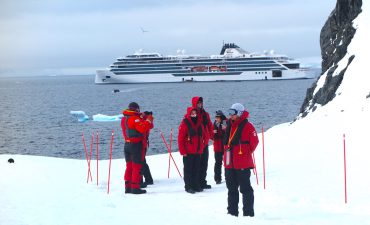
Three weeks ago, we sailed that same passage – on the way out, it was “Drake Lake”, a smooth patch of water. On the way back, much rougher – but no-where near what passengers experienced this time around.
Everyone knows about the Drake. So when you book a cruise to Antarctica, you understand this part of your journey cannot be determined. It could be smooth sailing – or you might be strapping in for mountainous seas.
On November 29th, the Drake was doing her worst.
The Viking Polaris is a brand-new ship designed for these conditions. She can take the Drake fast – 1.5 days instead of the usual three. She has good stablisers and a water balancing system. Her skipper, Viking’s first female captain, is a veteran of many such passages.
The ship also has a unique Nordic Balcony window system. Like a river ship, you can lower the window by a third to let in the bracing Antarctic air.
As guests were turning in for the night at around 10.40pm local time, waves of 8 metres grew bigger. According to those on board, the Polaris was coping well with the rough weather.
Then a so-called “rogue wave” hit without warning. It was, according to passengers, as if the ship hit an iceberg.
Rogue waves are more than twice the height of those around them. There are many reports of how they occur, but the phenomena has only been studied in recent times.
According to some accounts, the Nordic Balcony windows were breached in some cabins on Deck 2, hurling large amounts of water and shatter glass inside the cabins. Pictures have shown broken windows.
One woman, Sheri Zhu, 62, died as a result of her injuries. Four others sustained non-life-threatening injuries and were treated by the ship’s doctor and medical staff.
“We are investigating the facts surrounding this incident and will offer our support to the relevant authorities,” Viking said in a statement on Thursday. “Our focus remains on the safety and wellbeing of our guests and crew, and we are working directly with them to arrange return travel.”
Californian Beverly Spiker told ABC News in America that a “huge smash” against the window of her and her husband’s cabin caused a window frame to break. “Clearly something big had happened,” she said. “A lot of water came shooting in.”
“Luckily, our windows did hold,” she added, though said other rooms on their side of the ship were “washed out.”
Beverley’s cousin Suzie Gooding said: “At the time that it happened, we personally wondered if, you know, we knew that we weren’t by any icebergs, but it’s like, did we hit an iceberg? It just was so sudden.”
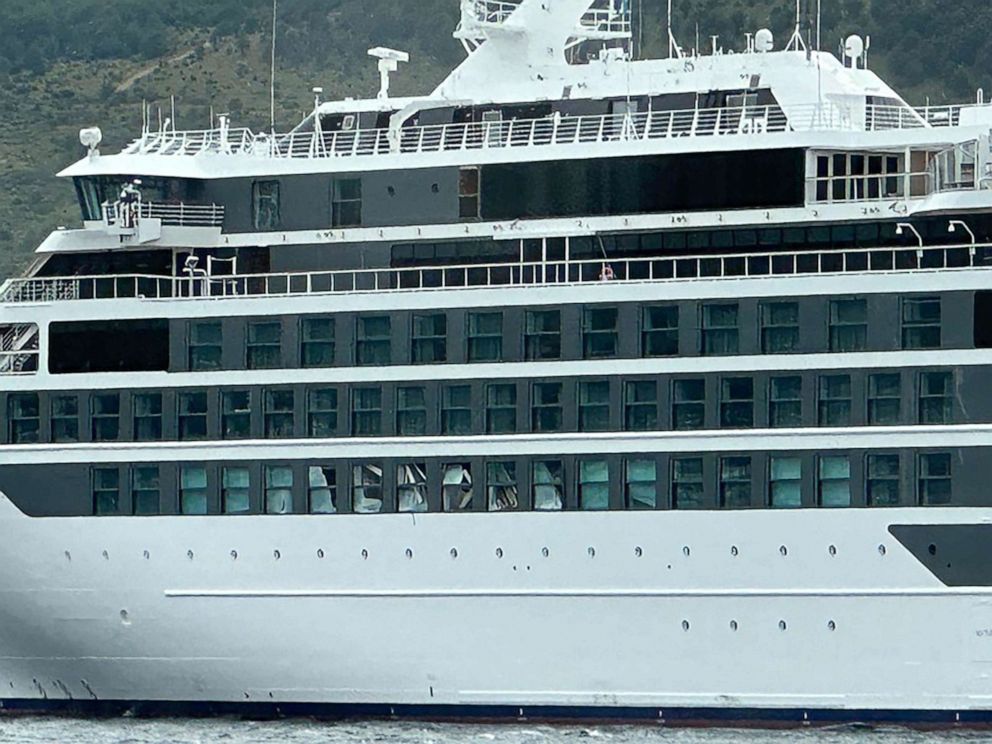
Deck 2 is about 25 feet from the water, which shows how far the water travelled with enough force to smash windows. The Viking Polaris is a mid-sized vessel and built for the conditions.
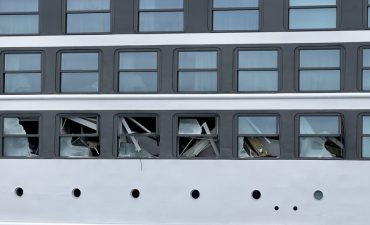
The crew were on site within seconds, helping some 26 passengers affected by what happened. And they won high praise for their courageous work .
Viking has also won praise for its fast work in helping passengers, funding their needs, refunding fares where necessary and arranging flights out.
Many of those aboard have pledged they will sail Viking Polaris again. As would I. She is a fine ship, and it was made clear from the start that this was no vacation – it was an expedition.
Cruise Passenger has read many of the posts from passengers who witnessed what took place on that night. Their stoic support for the ship and crew is a tribute to Viking’s new expedition fleet.
Expedition cruising is about witnessing real life. As one of the crew told me: “This isn’t Disneyland.”
While this trip last month ended in tragedy, I don’t regret my journey for a moment.
I am truly sad for the passengers who were hurt, and the amazing crew of this brand new ship who took safety so seriously. We were tested and trained at the start of our cruise, with lectures on the submarine and getting in and out of Zodiacs and kayaks. If you didn’t attend, you didn’t get to go ashore.
I am sure these great journeys will continue to show us what is happening to our planet, and perform the vital purpose of helping to ensure this precious part of our planet remains safe from exploitation for its food and minerals.
We were told at the start that we would turn into ambassadors for Antarctica, spreading the word about this very special place. That’s the point of expedition cruising. That’s what gives it purpose.

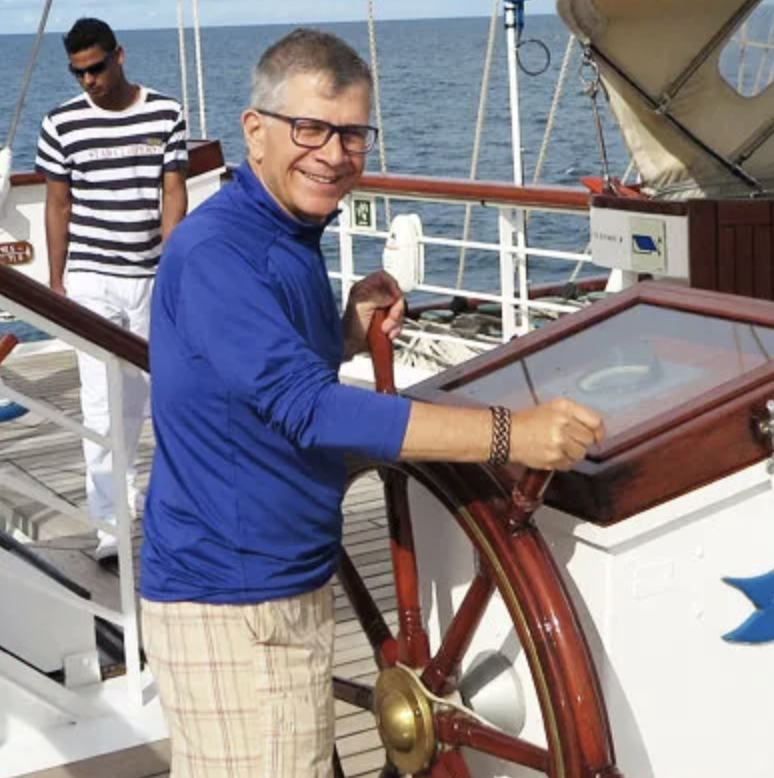

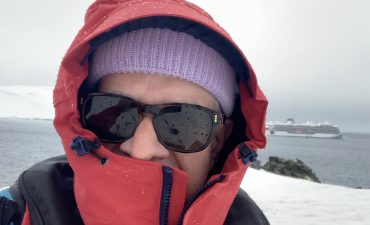
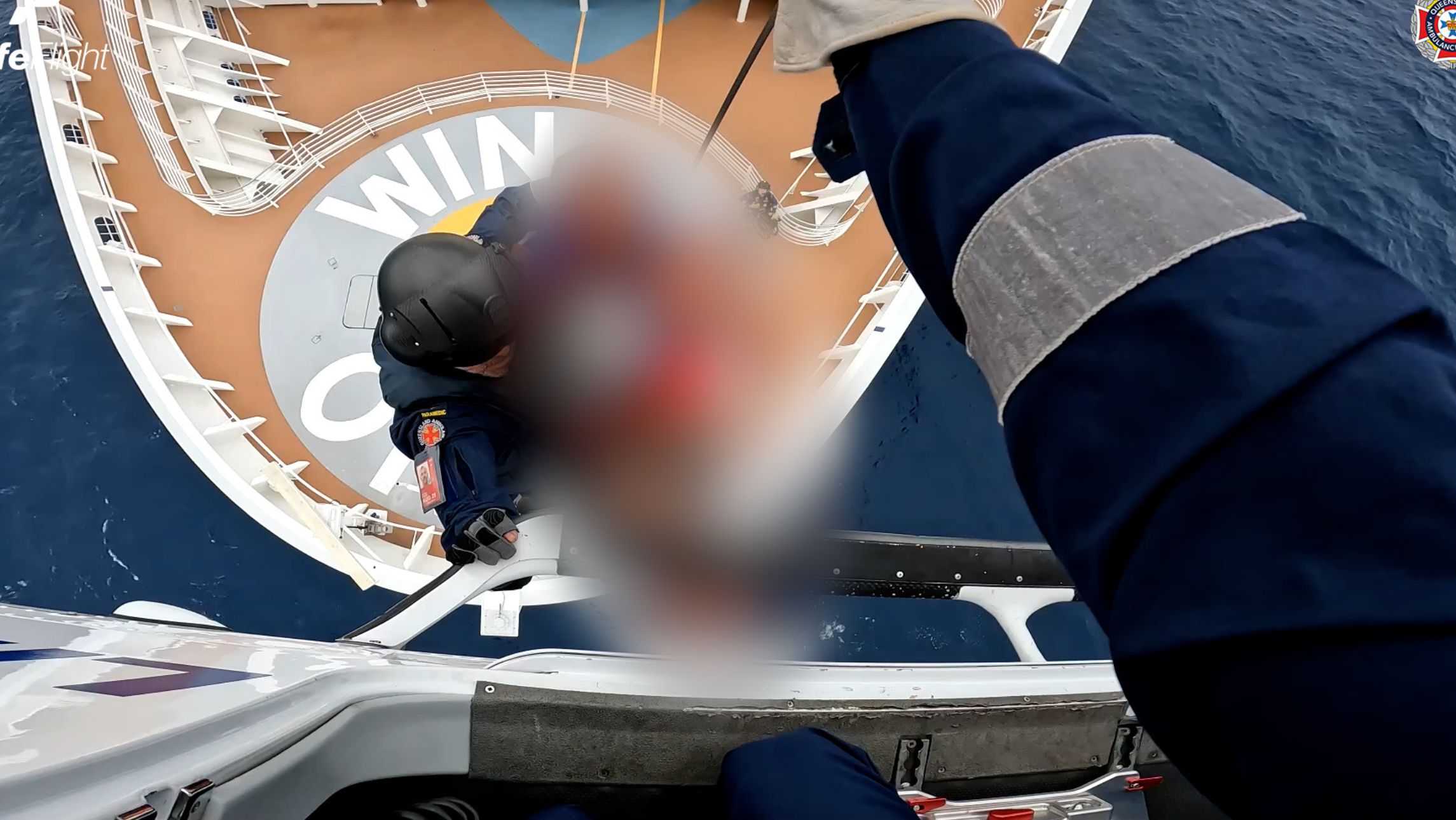
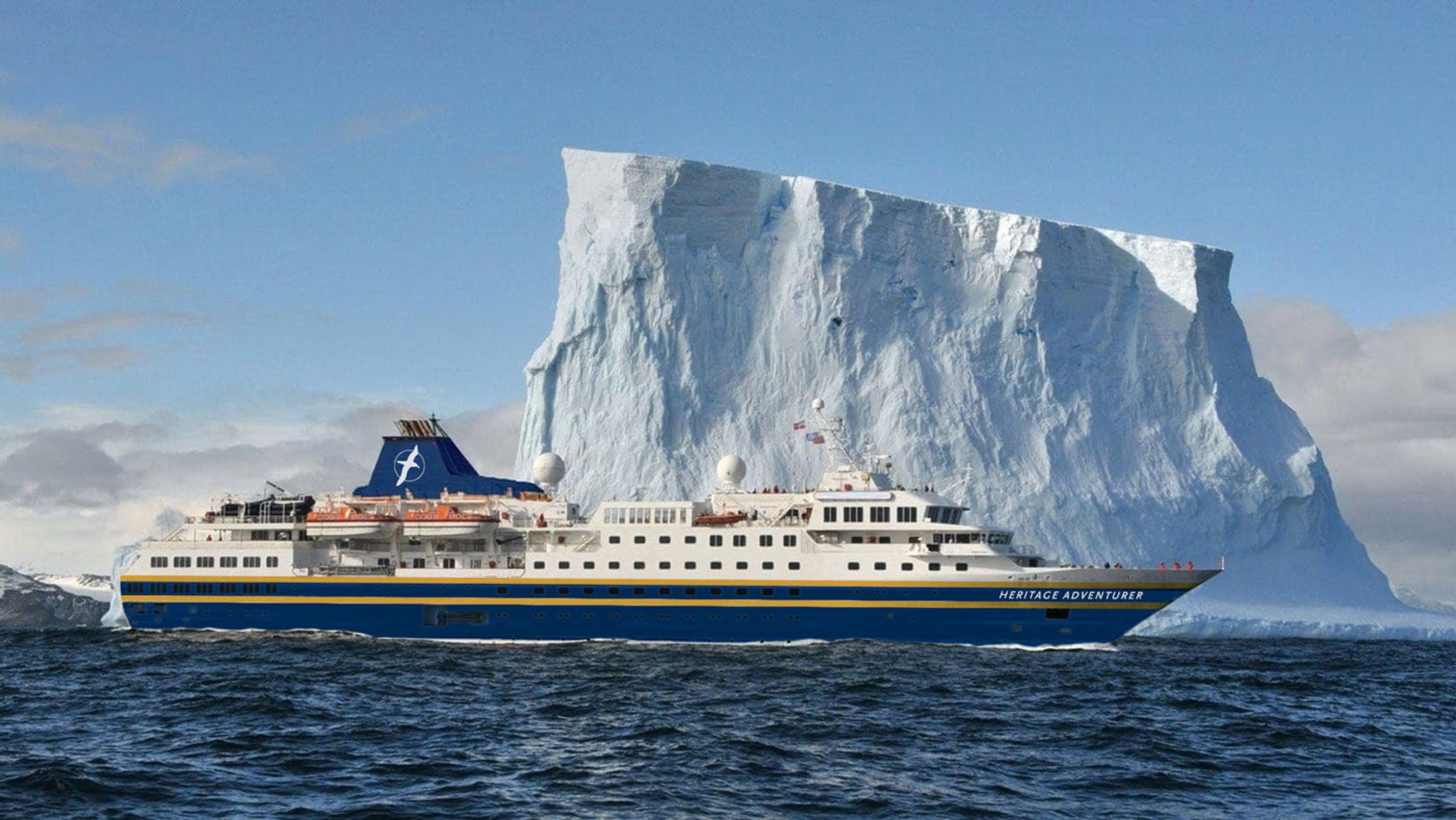
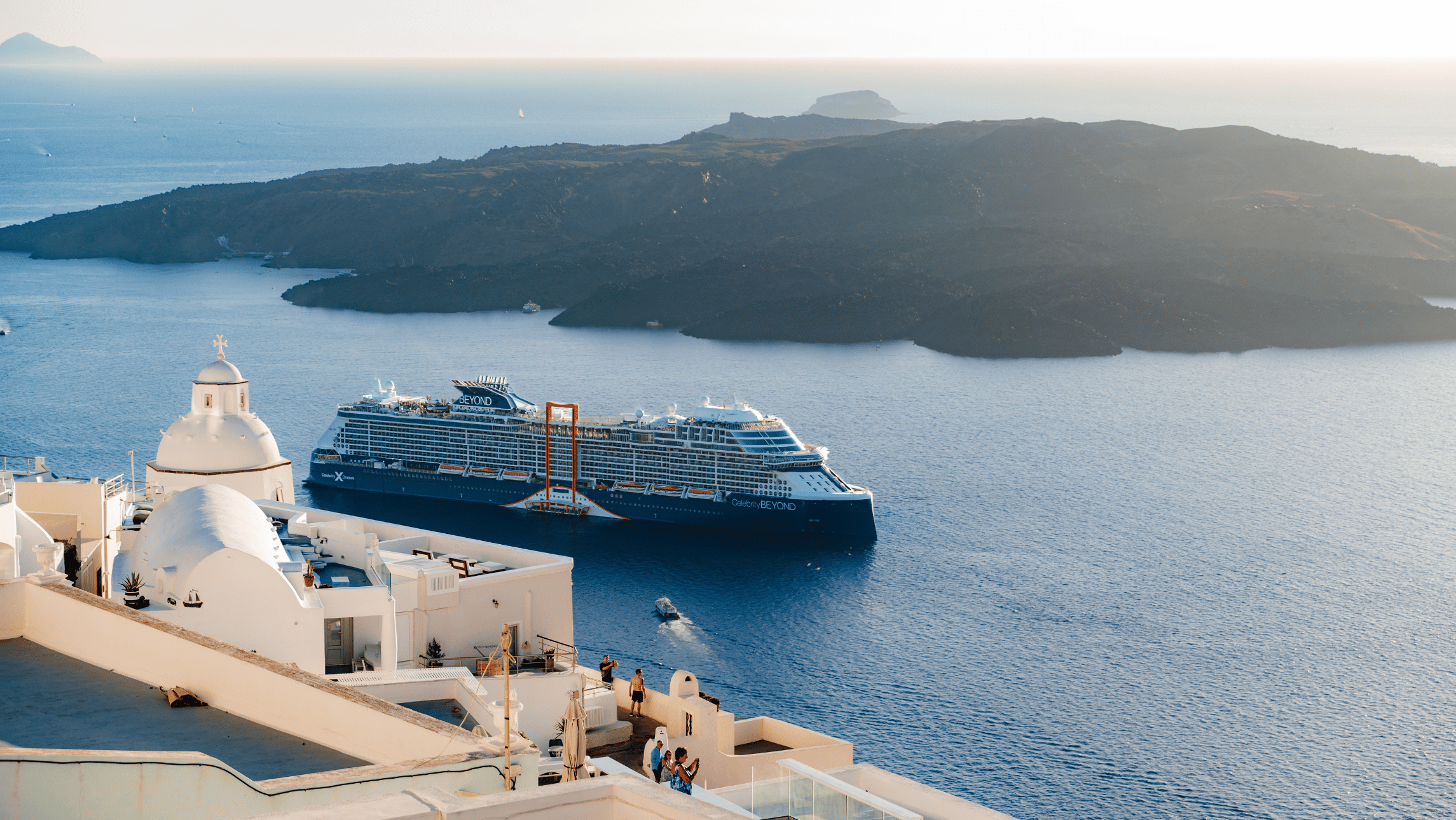




We were also on your cruise prior to the one that hit the rogue wave. You said it all , we felt very safe. The crew and captain were amazing. I feel sad for the lady who died and all the passengers plus all the workers we were so fond of after our cruise. It was an amazing trip.
Yours truly,
Another fellow Antarctic ambassador,
Bobbi